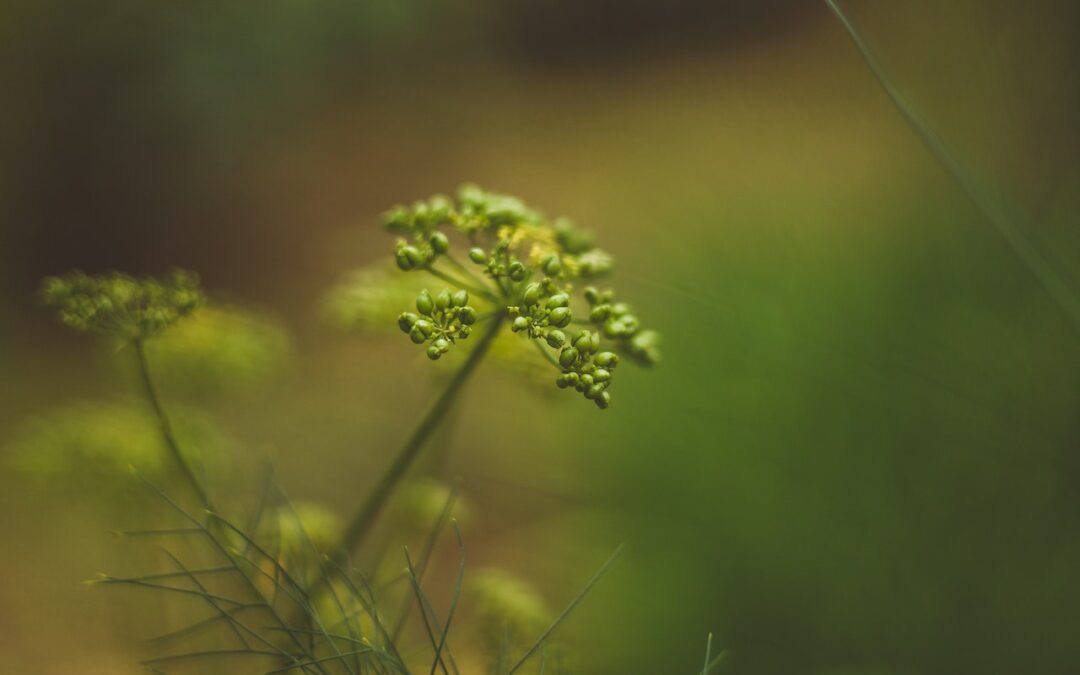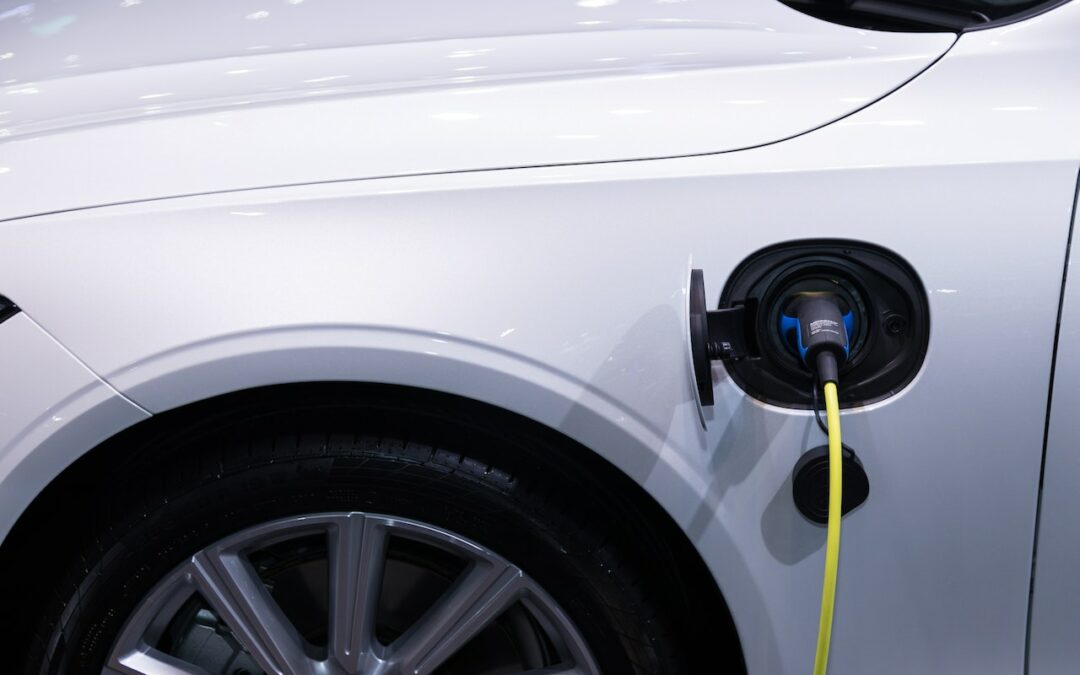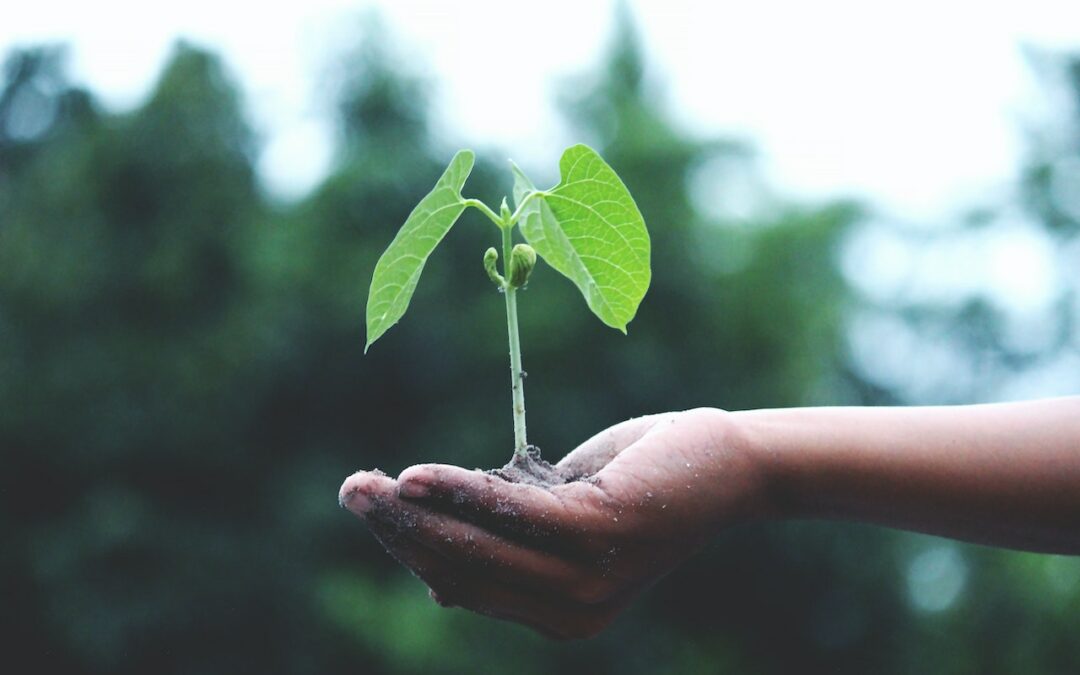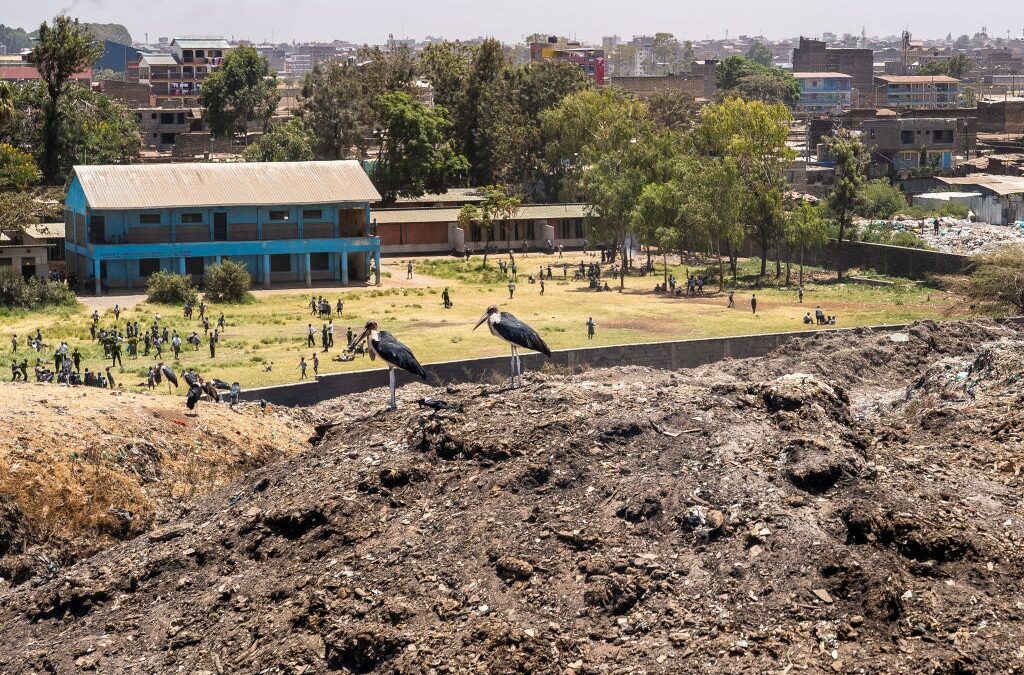
FedEx and Pyxera Global launch Circular Supply Chain Coalition to upcycle rare earth minerals
The group wants to mine used electronics for valuable metals to reduce waste and grow jobs.

The group wants to mine used electronics for valuable metals to reduce waste and grow jobs.

Mike Rutherford thinks Keir Starter needs to address motoring issues if he’s to be an effective Prime Minister

The coal ash produced by coal-fired power plants in Australia accounts for nearly a fifth of the nation’s waste and will remain abundant for decades to come, even with the transition to renewables. More than 1.2 billion tonnes of coal ash were produced by coal-fired power plants in 2022.
The production of cement, which uses some coal ash as an ingredient, makes up 8% of global carbon emissions. Demand for concrete — of which cement is a key component — is growing rapidly.
Researchers at RMIT might have now found a solution to both problems, with the development of a low-carbon concrete that can recycle double the amount of coal ash compared to current standards, halve the amount of cement required and perform well over time.
The RMIT team: Dr Yuguo Yu, Professor Sujeeva Setunge, Dr Dilan Robert, Dr Chamila Gunasekara and Dr David Law. Image credit: Michael Quin, RMIT.
The engineers at RMIT partnered with AGL’s Loy Yang Power Station and the Ash Development Association of Australia to substitute 80% of the cement in concrete with coal fly ash. RMIT project lead Dr Chamila Gunasekara said this represents a significant advance as existing low-carbon concretes typically have no more than 40% of their cement replaced with fly ash.
“Our addition of nano additives to modify the concrete’s chemistry allows more fly ash to be added without compromising engineering performance,” said Gunasekara, from RMIT’s School of Engineering.
Lab studies have shown the team’s approach is also capable of harvesting and repurposing lower-grade and underutilised ‘pond ash’ — taken from coal slurry storage ponds at power plants — with minimal pre-processing.
Large concrete beam prototypes have been created using both fly ash and pond ash and shown to meet Australian Standards for engineering performance and environmental requirements.
“It’s exciting that preliminary results show similar performance with lower-grade pond ash, potentially opening a whole new hugely underutilised resource for cement replacement,” Gunasekara said, adding that there are hundreds of megatonnes of ash waste sitting in dams around Australia, and much more globally.
“These ash ponds risk becoming an environmental hazard, and the ability to repurpose this ash in construction materials at scale would be a massive win,” he said.
New modelling technology shows low-carbon concrete’s long-term resilience
In addition to creating the novel concrete, RMIT has developed a pilot computer-modelling program in partnership with Hokkaido University’s Dr Yogarajah Elakneswaran that can forecast how the new concrete mixtures will perform over time.
“We’ve now created a physics-based model to predict how the low-carbon concrete will perform over time, which offers us opportunities to reverse-engineer and optimise mixes from numerical insights,” explained Dr Yuguo Yu, an expert in virtual computational mechanics at RMIT.
“The inclusion of ultrafine nano additives significantly enhances the material by increasing density and compactness.”
This modelling, with its applicability to various materials, marks a critical step towards digitally assisted simulation in infrastructure design and construction. The team aims to use the technology to instil confidence among local councils and communities in adopting novel low-carbon concrete for various applications.
The team’s work has most recently been published in the journal Cement and Concrete Research.
Top image: Dr Chamila Gunasekara holds a sample of the low-carbon concrete. Image credit: Michael Quin, RMIT.

Quick Key Facts What Is a Landfill? Most of us barely have to think about our trash. We throw it in a bin, take the bag to the curb, then the garbage truck comes and takes it away. Pretty quickly, our waste becomes invisible to us, but it has to end up somewhere. Waste comes […]
The post Landfills 101: Everything You Need to Know appeared first on EcoWatch.

Offshore Wind Energy Fundamentals for Bangladesh
jschoshinski
Mon, 05/20/2024 – 18:20
Bangladesh is aiming to limit emissions, and gain access to cleaner, more efficient technologies to support economic growth as the nation strives to achieve high-income status by 2041. Bangladesh identified that it has a potential for offshore wind energy, especially at hub heights of 140 to 160 meters, which is pivotal in diversifying the country’s energy mix and ensuring energy security.
This one-day webinar is funded by the United States Agency for International Development (USAID) through two projects: (1) Reinforcing Advanced Energy Systems (RAES) project, implemented by the U.S. Department of Energy’s National Renewable Energy Laboratory (NREL), and (2) Bangladesh Advancing Development and Growth through Energy (BADGE) project, implemented by Tetra Tech.
Objective: The purpose of the workshop is to provide participants with fundamental knowledge about offshore wind energy including technology basics, market development, and key considerations.
To enable effective participation, there will be interactive polling questions and a chat room with a Bangla translator.
Teaser Text
The purpose of the workshop is to provide participants with fundamental knowledge about offshore wind energy including technology basics, market development, and key considerations.
Event Date
Wednesday, May 29, 2024, 3:00
– 4:00 am UTC
Advanced registration required
Off
External Link
Register Here
Event Format
Virtual
Image
5230c0b8-428d-477f-a1f2-57bb098e5779.png
Event Type
Webinar/Presentation
Topic
Emissions
Low Emission Development
Climate Finance and Economic Growth
Energy
Clean or Renewable Energy
Energy Technologies for Deep Decarbonization
Strategic Objective
Mitigation
Projects
USAID-NREL Partnership
Sectors
Energy
Country
Bangladesh
Region
Asia
Add to calendar
Add to Calendar
2024-05-29 03:00:00
2024-05-29 04:00:00
Offshore Wind Energy Fundamentals for Bangladesh
Bangladesh is aiming to limit emissions, and gain access to cleaner, more efficient technologies to support economic growth as the nation strives to achieve high-income status by 2041. Bangladesh identified that it has a potential for offshore wind energy, especially at hub heights of 140 to 160 meters, which is pivotal in diversifying the country’s energy mix and ensuring energy security.
This one-day webinar is funded by the United States Agency for International Development (USAID) through two projects: (1) Reinforcing Advanced Energy Systems (RAES) project, implemented by the U.S. Department of Energy’s National Renewable Energy Laboratory (NREL), and (2) Bangladesh Advancing Development and Growth through Energy (BADGE) project, implemented by Tetra Tech.
Objective: The purpose of the workshop is to provide participants with fundamental knowledge about offshore wind energy including technology basics, market development, and key considerations.
To enable effective participation, there will be interactive polling questions and a chat room with a Bangla translator.
Global Climate Change
team@climatelinks.org
UTC
public